The 2020 fire season has been California’s worst ever, in part due to the lower precipitation and hotter summers brought on by a changing climate.
Rooftop solar aims to be part of the climate solution. The importance of the 2017 National Electric Code’s requirement that rooftop solar projects be rapidly shut down in case of a fire or other emergency has now become clearer than ever.
“This is our third or fourth fire season here on the West Coast, and with California being such a hotbed for solar installations, I’m certain there’s going to be more scrutiny on all products and fire safety, especially where rooftops and homes are concerned,” said Tara Doyle, CTO of PV Evolution Labs (PVEL).
An increasing number of manufacturers are bringing full solar system rapid shutdown devices (RSD) to market, so installers now have multiple choices when it comes time to choose this small but increasingly important part of solar systems in California and beyond.
“It’s performing a critical function, trying to mitigate fire risk on rooftops,” said Michael Mills-Price, head of inverter and energy storage business at PVEL. “Having multiple different manufacturers or technologies in the market for that allows flexibility and actually allows a lot of forward compatibility.”
PVEL has been testing RSDs in the lab for three years to evaluate their ability to function as intended and avoid nuisance tripping — cases where RSDs shut down when they weren’t supposed to.
Mills-Price said new entrants into the RSD market pave the way for continuous innovation and backup options in case one manufacturer leaves the market.
The RSD market ranges from devices that solely perform rapid shutdown, to MLPE that also perform optimization functions, to full-fledged microinverters.
“It’s the role of complexity and additional functionality that really segregates the products in that market,” Mills-Price said.
Although the devices can vary widely, installers should review test reports to ensure rapid shutdown functionality before selecting the device they’ll use, Doyle said.
Mills-Price said test reports can help reassure installers these devices will last for their intended lifetime, so installers don’t have to repeatedly service the products.
“Those costs add up significantly if they fail or if they’re nuisance tripping or doing these other types of events where you’re not getting the energy that you were expecting,” he said. “Those are the things that are really going to hamstring the industry.
“Having that test report and really just that confidence that the product is going to meet its warranty life under the given conditions it’s going to be installed in is imperative for installers,” he continued.
Doyle said installers should also consider the inverter compatibility of the device they choose. If an inverter-specific RSD product fails in the field and is no longer being manufactured, installers want to be sure it can easily be replaced with a different device.
Mills-Price said he hopes to see even more RSD options enter the market in the coming years as NEC 2017 is adopted by more states. He thinks eventually, rapid shutdown functionality could move all the way into the module — which will be especially important for jurisdictions adopting more stringent module-level rapid shutdown requirements.
Here are the rapid shutdown options on the market today that satisfy NEC 2017. (Note: Microinverters also satisfy rapid shutdown requirements, but this list only includes stand-alone RSD options.)
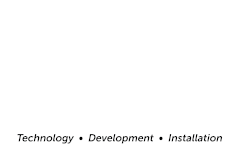
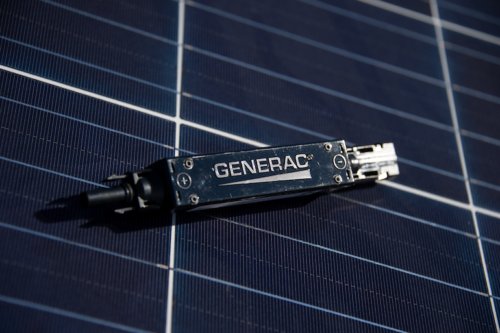
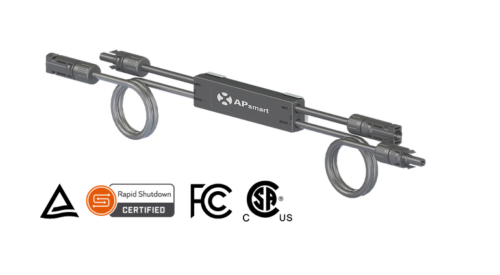
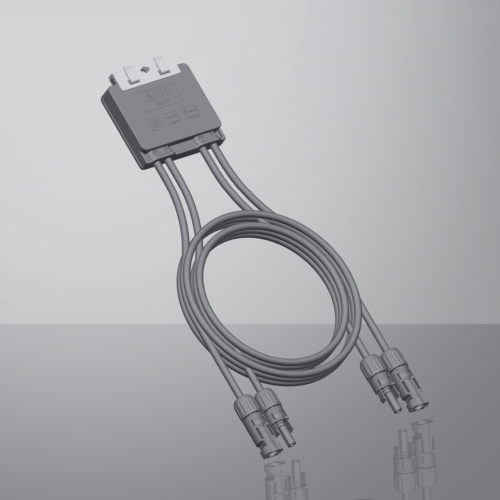
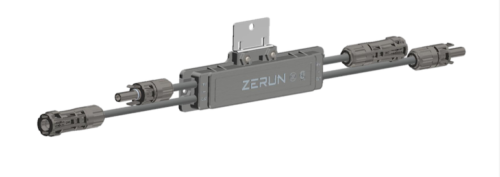
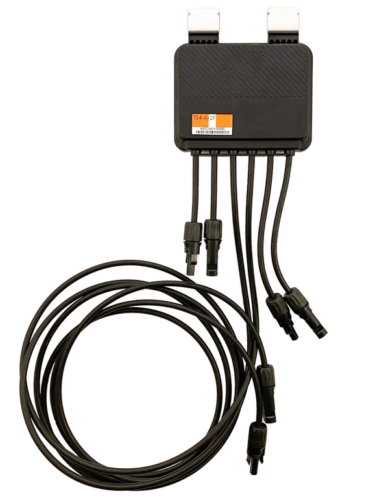
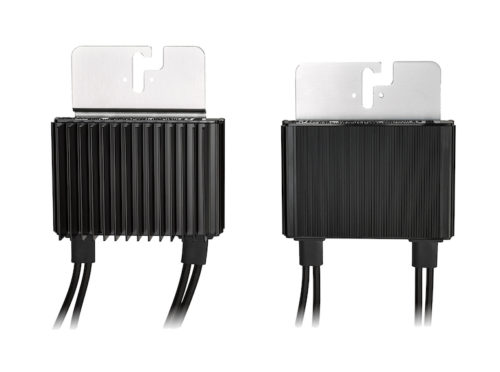
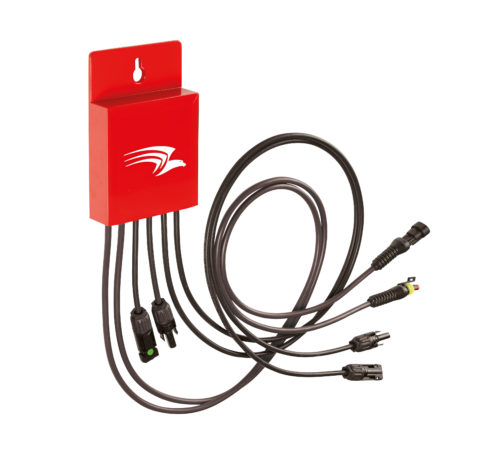
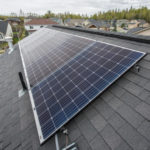
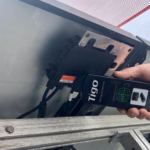
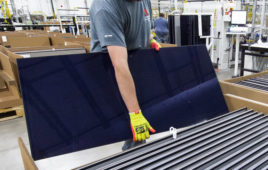

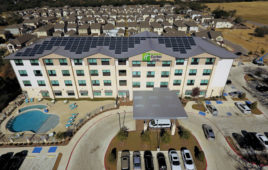

The Maxim Integrated might be worth mentioning though I haven’t seen any in use yet.
Thank you for this information. Have you done any testing with the Fire Raptor system utilized by Outback?